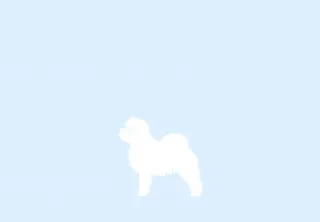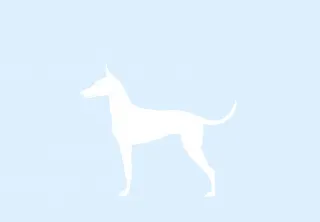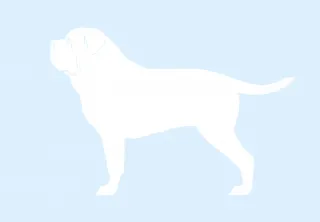Historical notes
The Italian Kennel Club (ENCI), recognized by the State and founded in 1882, has allowed our country to reach the top of European and World dog breeding in over a hundred years of activity.
In 1882 some “gentlemen” including Count Carlo Borromeo, Prince Emilio Belgioioso d’Este, Ferdinando Delor, Carlo Biffi and Luigi Radice, decided to create a “Society for the improvement of dog breeds in Italy”: this is the birth certificate of the Italian Kennel Club, with 31 members. undefinedThe Book of Origins is born and the first subject registered is an Italian pointer named Falco, born in 1875.
In 1897 the Members’ Assembly ratified the Statute and updated the rules for the registrations in the “Book” and in 1904 the registered ones were already 1.033. In these years the first zootechnical dog shows were held in Milan and Turin where approximately 400 dogs were exposed. The official magazine of the Kennel Club is also born. The Assembly of 22 May 1926 decided to ask the Ministry of National Economy for official recognition of the legal status.


Cynophilia is growing and since 1939 the headquarters has been located in Milan, viale Bianca Maria 23. In 1940 it also obtained recognition from the Ministry of Agriculture. After the war stasis, the first regulations relating to zootechnical events and aptitude tests were approved. In the meantime, those registered in the Studbook reached 8.636 units and in 1950 the great international sporting competition for English pointing dogs was born. The results of the first census of dogs in Italy, carried out in 13 Regions, confirmed the high number of animals of this species present: 1.063.267 dogs
In those years cynology and cynotechnics took on a technical and scientific aspect; university courses in cynology were organized, the texts of which are still consulted today. In 1960, 43 zootechnical shows and 66 working trials were organized. Registrations in the Studbook reached 14.803 dogs. In 1970, during the General Assembly in Budapest, the Nations within the Fédération Cynologique Internationale based in Belgium, established that the genealogical certificates issued by the different Nations would have carried a common mark. To date, the FCI full member countries are 78.
The registrations in the National Studbook are approximately 200.000, over 2.600 zootechnical events, including approximately 2.000 working trials and over 600 dog shows with the annual participation of over 100.000 dogs. The ENCI’s Breeder Members are almost 2.000 and the Associate Members are approximately 70.000. The over 100 ENCI Delegations cover the entire national territory. The “Gruppi Cinofili” (local kennel Club) and breed Associations in turn actively collaborate in the promotion and development of organized cynophilia both locally and sectorially. The ENCI publishes the monthly periodical “I Nostri Cani” which it sends to all its members.


In recent years, the ENCI has brilliantly pursued both the practical zootechnical aspect and the training one by organizing cynotechnical courses, seminars, conferences oriented towards the study of technical-scientific problems, also participating successfully in shows and working trials at European and world level, gaining prestige and highlighting the high level achieved by the products of Italian breeding. The selective activity continues with the creation of "canine areas" in various parts of the country for the training and exercise of dogs used in hunting sports, training centers (numerous throughout the country) for utility dogs and for Civil Protection. The scientific selection of the natural aptitudes of herding dogs, which are indispensable auxiliaries in the work of breeders of ovine and caprine breeds, is now taking shape; the selection of dogs for recreational and sporting uses such as agility; the improvement of dogs with aptitude for rescue and lifesaving both on land and in water; the expansion of the use of auxiliary dogs for the disabled and collaboration with the police forces for the selection of anti-drug dogs and auxiliary dogs for public order. A center for the conservation of the germplasm of the improving dogs and for artificial insemination is currently being developed. The ENCI pays particular attention to the valorization and promotion of Italian breeds. These are 18 native breeds of ancient origin, each fascinating and particularly interesting both for its typical morphology and for its natural aptitudes and temperament. The selection and their improvement take on a prominent role in the technical activity of the Body which aims to promote their knowledge and diffusion both in Italy and abroad.
Italian Breeds























